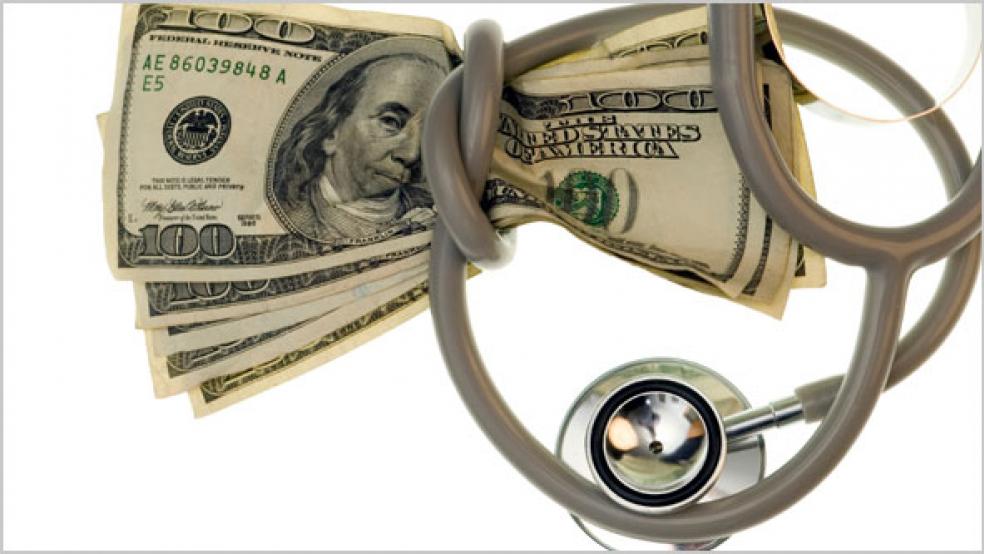In brief remarks on Wednesday, President Trump reiterated his promise that the administration, in concert with Congressional Republicans, will release a plan to repeal and replace the Affordable Care Act within the next few weeks. If there is indeed a proposal on the way, Trump and Congress will have to find a way to pay for revamping a healthcare system that is now largely funded through taxes that are a core element of the ACA.
These include the ACA’s employer mandate, the Medicare surtax, and a number of other tax-related provisions in the law that would provide some $900 billion in revenue over the next decade. Presumably, repeal would also eliminate the controversial “Cadillac” tax on high-cost health insurance policies provided by insurers.
Related: Five Questions Republicans Can’t Answer About Their Obamacare Replacement
The Cadillac Tax, which is set to go into effect in 2020, imposes a 40 percent income tax on individual insurance with a value of more than $11,000 per year ($29,000 for a family). In essence, it removes the tax exemption for generous employer-provider health insurance. It’s projected to raise $100 billion by 2027.
But the tax doesn’t affect the one percent nearly as much as it hits unions, which traded salary increases over the years for more generous health plans. As a result, the push back from the Alliance to Fight the 40, is gaining strength from businesses, unions and some in the medical community.
But, as the Center for a Responsible Federal Budget notes in a recent blog post, whatever plan Republicans develop to replace the ACA will have to be paid for as well, and eliminating all of the current laws tax revenue just means the money will have to come from somewhere else.
One option for keeping some funding in place, CRFB argues, is keeping the Cadillac Tax in place. Another, perhaps better one, is peeling back the income tax exclusion for Employer-Provided Insurance either partially or entirely.
As a revenue source, keeping the Cadillac Tax in place would generate a lot of revenue, ramping up to more than $100 billion a year by the mid-2030s. It would also push back against rising healthcare spending.
Related: Congress Pushes Back as Trump Spurs Anti-Vaccine Movement
But at CRFB, the preferred move is different: striking at the tax exclusion directly.
“A more direct limit to the ESI tax exclusion would also slow health care cost growth, increase wages, and reduce future deficits. In fact, recent analysis suggests a direct limit to the ESI exclusion could achieve these goals in a more progressive and efficient way and would have the further benefit of better equalizing the tax treatment of wage- and non-wage income,” they write.
“For example, by our very rough estimates, fully eliminating the income tax exclusion beginning in 2020 would save $1.3 trillion through 2027, more than enough to replace all the revenue loss from repealing the ACA's taxes and its mandates. Policymakers could also replace the income tax exclusion with a fixed tax credit or deduction, which would retain the incentive to provide insurance but end the incentive to hold the most costly insurance and generate $100 to $200 billion of revenue, depending on how fast they indexed the new tax benefit.”
However, all taxes are politically unpopular, and existing tax benefits are very hard to eliminate in Congress. Combine that with the general reluctance among republicans in Congress to get their hands anywhere near a tax increase, and it makes it the CRFB plan an extreme long shot.





